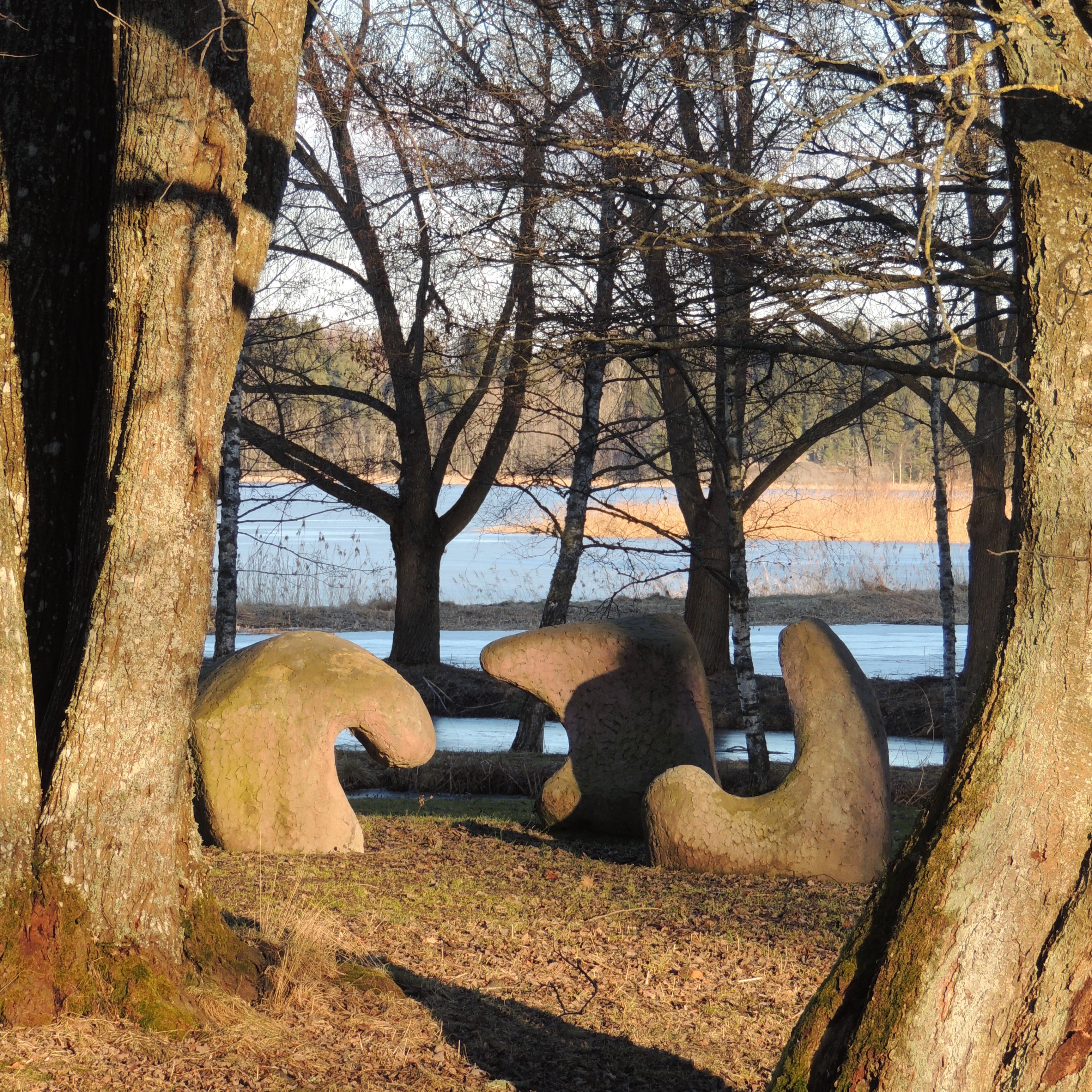The Gardener’s Practical Knowledge
The importance of time, reflection and knowledge of a place to become a site builder
DOI:
https://doi.org/10.7577/formakademisk.5426Keywords:
Genius loci, practical knowledge, place-making, garden managementAbstract
With this article, I want to raise questions about the gardener’s practical knowledge in order to create greater awareness in educational contexts and working life of the importance and application of what it means to be and work as a gardener. Practical knowledge takes time to develop and requires experience and conscious reflection. It also requires knowledge of the particular site you are working with, which in principle is always complex, as it involves everything from natural habitats to human expressions, such as history. To understand what practical knowledge is, I drew on situations from my working life and discuss these with references that highlight the importance of involving different forms of knowledge, phenomenology and hermeneutics. I used the concept of genius loci to formulate the meaning of places and posthumanist thoughts on the relationship between humans and nature. My conclusion is that experience, reflection and knowledge of a place are central to building sites, a task in which the gardener is highly involved. I conclude with a number of questions about how to work with these aspects of the profession in education and working life.
References
Blick, A. (2011). Jakten på genius loci, att förstå och finna platsen själ [The search for genius loci – to understand and find the spirit of place]. [Självständigt arbete vid LTJ-fakulteten SLU, Kandidatexamensarbete, 15p [Bachelor's degree, 15 credits]]. Epsilon Archive. https://stud.epsilon.slu.se/2730/1/blick_a_110603.pdf
Bornemark, J. (2020). Horisonten finns alltid kvar. Om det bortglömda omdömet [The horizon is always there. About the forgotten review]. Volante.
sá Cavalcante Schuback, M. (2006). Lovtal till intet: essäer om filosofisk hermeneutic [Eulogies to Nothing: Essays on Philosophical Hermeneutics]. Glänta Produktion.
Gadamer, H.-G. (1997). Sanning och metod i urval [Truth and method in selection]. Daidalos.
Gustavsson, B. (2002). Vad är kunskap? En diskussion om praktisk och teoretisk kunskap [What is knowledge? A discussion of practical and theoretical knowledge]. Skolverket. https://www.skolverket.se/download/18.6bfaca41169863e6a654b41/1553957957801/pdf1108.pdf
Heidegger, M. (1974). Teknikens väsen och andra uppsatser [The Essence of Technology and Other Essays.]. Rabén & Sjögren.
Malm, A. (2020). The Progress of this Storm. Nature and Society in a Warming World. Verso.
Molander, B. (1996). Kunskap i handling [Knowledge in action]. Daidalos.
Nilsson, C. (2014). Fronesis och den mänskliga tillvaron. En läsning av Bok VI i Aristoteles Nikomachiska etik. In J. Bornemark and F. Svenaeus. Vad är praktisk kunskap [What is practical knowledge]. Södertörns högskola.
Norberg-Schultz, C. (1980). Genius loci: towards a phenomenology of architecture. Rizzoli International Publications.
Pihlgren, P. (2021). Gränstrakter: En essä om bryn, platsbyggande och trädgårdsmästarens praktiska kunskap [Boundaries: An Essay on Brows, Site-Building, and the Practical Knowledge of the Gardener]. [Självständigt arbete på avancerad nivå (magisterexampen), 15 poäng/22,5 hp. Södertörns högskola, Institutionen för kultur och lärande, Centrum för praktisk kunskap.] DIVA. https://www.diva-portal.org/smash/get/diva2:1568518/FULLTEXT01.pdf
Schön, D. (2014). Att lära ut konstnärlighet genom reflektion-i-handling [Teaching artistry through reflection-in-action]. In J. Hjertström Lappalainen. Klassiska texter om praktisk kunskap (pp. 355-380). Södertörns högskola.
Svenaues, F. (2014). Vad är praktisk kunskap? En inledning till ämnet och boken [What is practical knowledge? An introduction to the subject and the book]. In J. Bornemark and F. Svenaeus, Vad är praktisk kunskap (pp. 11-34). Södertörns högskola.
Rae, G. (2014). Heidegger’s influence on posthumanism: The destruction of metaphysics, technology and the overcoming of anthropocentrism. History of the Human Sciences, 27(1), 51–69. http://doi.org/10.1177/0952695113500973
Westerlund, T., Groth, C., Almevik, G. (2022). Craft Sciences. University of Gothenburg. http://doi.org/10.21524/kriterium.40
Tamaddon, L. (2017). Den sjuka vårdcentralen. Om läkekonst som mostrånd och möjlighet i en Marknadsstyrd sjukvård [The sick care center. About the art of medicine as a spirit and opportunity in a market-driven healthcare system]. [Självständigt arbete på avancerad nivå (magisterexampen) 22,5 hp. Södertörn University, Centre for Studies in Practical Knowledge.] DIVA. https://www.diva-portal.org/smash/get/diva2:1133768/FULLTEXT01.pdf

Downloads
Published
How to Cite
Issue
Section
License
Copyright (c) 2023 Paula Pihlgren

This work is licensed under a Creative Commons Attribution-NoDerivatives 4.0 International License.
Authors who publish with this journal agree to the following terms:
- Authors retain copyright and grant the journal right of first publication with the work simultaneously licensed under a Creative Commons Attribution 4.0 License that allows others to share the work with an acknowledgement of the work's authorship and initial publication in this journal.
- Authors are able to enter into separate, additional contractual arrangements for the non-exclusive distribution of the journal's published version of the work (e.g., post it to an institutional repository or publish it in a book), with an acknowledgement of its initial publication in this journal.
- Authors are permitted and encouraged to post their work online (e.g., in institutional repositories or on their website) prior to and during the submission process, as it can lead to productive exchanges, as well as earlier and greater citation of published work (See The Effect of Open Access).
- The author(s) must manage their economic reproduction rights to any third party.
- The journal makes no financial or other compensation for submissions, unless a separate agreement regarding this matter has been made with the author(s).
- The journal is obliged to archive the manuscript (including metadata) in its originally published digital form for at least a suitable amount of time in which the manuscript can be accessed via a long-term archive for digital material, such as in the Norwegian universities’ institutional archives within the framework of the NORA partnership.
The material will be published OpenAccess with a Creative Commons 4.0 License which allows anyone to read, share and adapt the content, even commercially under the licence terms:
This work needs to be appropriately attributed/credited, a link must be provided to the CC-BY 4.0 licence, and changes made need to be indicated in a reasonable manner, but not in any way that suggests that the licensor endorses you or your use.



